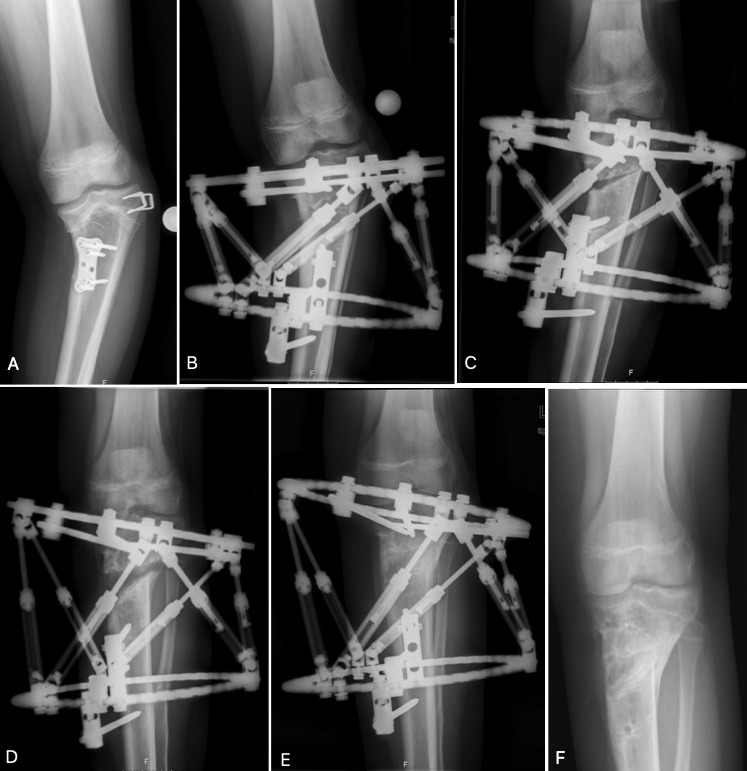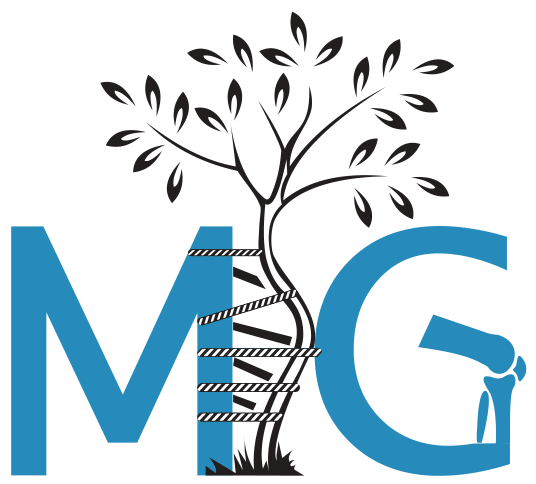From an orthopedic point of view, deformity refers to the deterioration of the normal alignment of the bones in the arms and legs, their anatomical relations with each other and their shape. Apart from the bones in the arms and legs, sequencing disorders in the spine skeleton and the anatomy of the pelvis that carries the spine can also be considered under the title of deformity.
Deformities in the skeletal system can be congenital or acquired as deformities that develop later. Congenital deformities arise when the embryo (the name the baby carries throughout its development in the mother’s womb) develops -due to various reasons (infections, genetic disorders, exposure to chemical substances, etc.)- outside the normal shape of the tissue drafts which form the bones in the mother’s womb. Acquired deformities are the deformities of the bones that are acquired afterwards. Acquired deformity can be caused by metabolic disorders, infections that cause polio and osteoarthritis, or they happen due to faulty union of fractures.
After deformities, curvatures in the arms and legs, inequalities in length and short stature, related joint pain and limitation in joint movements may develop. Existing deformity may also lead to other secondary deformities other than the time-related region, and the biomechanical balance of the person may be completely disrupted.
Deformities can occur anywhere in the musculoskeletal system. Orthopedic approaches differ according to the age group, location and severity of the deformity. While deformities detected in the early stages can just be corrected with surgical approaches to the relevant region, more complex surgical interventions are needed in advanced stages, as neighboring regions (e.g. other joints) are also affected by the deformity.

Along with soft tissue interventions, correction of bone curvature and bone lengthening or shortening surgeries are among the frequently used orthopedic interventions for this purpose. Deformity correction surgeries are performed using plate-screw, external fixator (fixation tools applied externally to the arm and leg; Ilizarov type rings, computer aided or rail systems, etc.) or intramedullary nail (metal fixation placed in the inner cavity of the bone) depending on the severity and type of the deformity, the characteristics of the relevant bone structure and the age of the patient.

